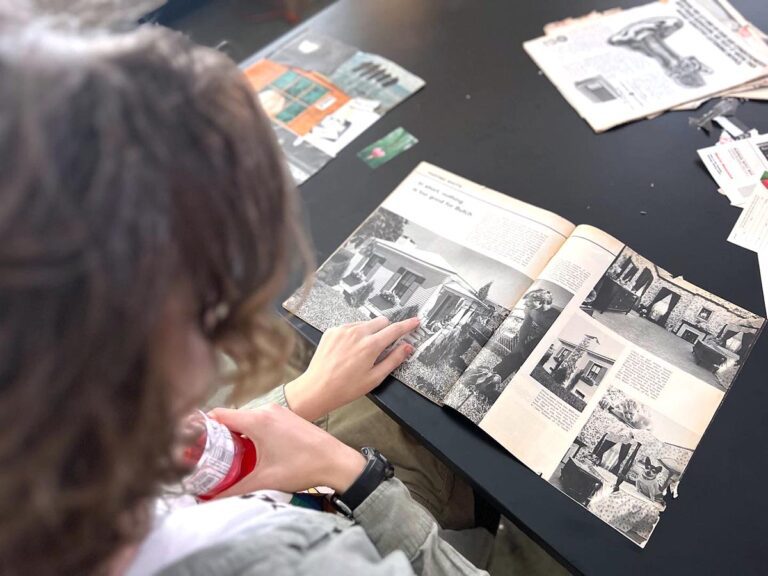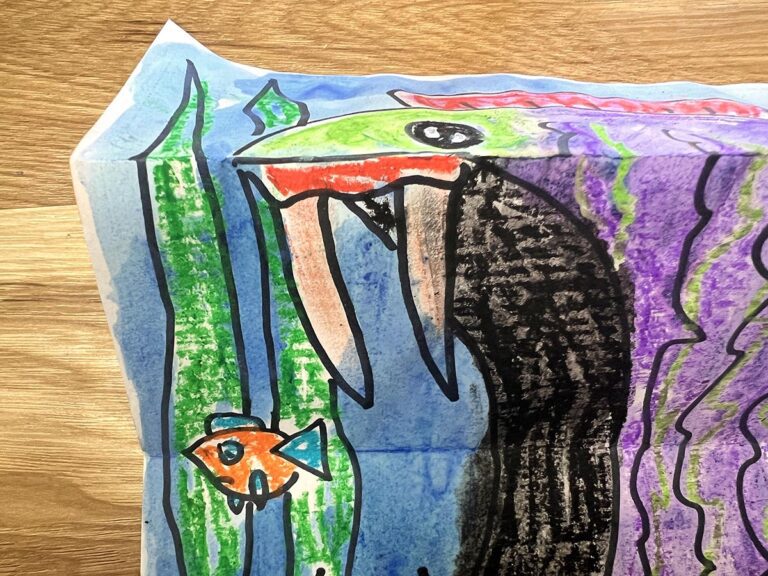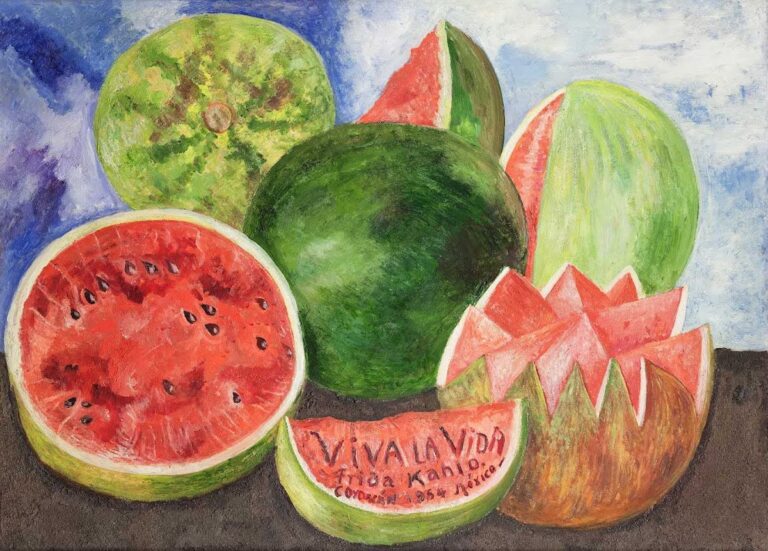Many of us remember when DBAE ruled the art ed world, with good reason. It was a movement that gave art education more professionalism and turned the heads of other disciplines. Although DBAE has faded into the background a bit with new initiates that are more authentic, creative, and student-driven, I don’t think the lessons that DBAE taught us should be forgotten. I find many of the principles important and relevant, both yesterday and today!
4 Reasons Why DBAE Isn’t Dead
Art History is Being Left Behind
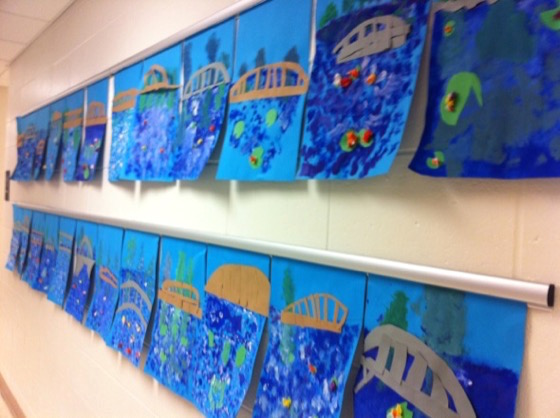
With the immense pressure to fit everything in, it can be easy to push art history studies to the side. However, if you don’t teach them, how will your students gain that information? You don’t have to have students copy master works to weave art history into your lessons. Instead of having students copy Monet, teach them to paint like an impressionist. There’s a difference!
Critique is More Important than EVER
The New Visual Art Standards place a VERY strong emphasis on a student’s ability to talk about their artwork and the artwork of others. Criticism is one of the foundational pieces of DBAE. This is an area we often brush off “because we don’t have time.” Consider weaving it back in and looking to DBAE for some solid ideas on how critique might be implemented in the classroom.
Systematic Processes Help Structure our Teaching
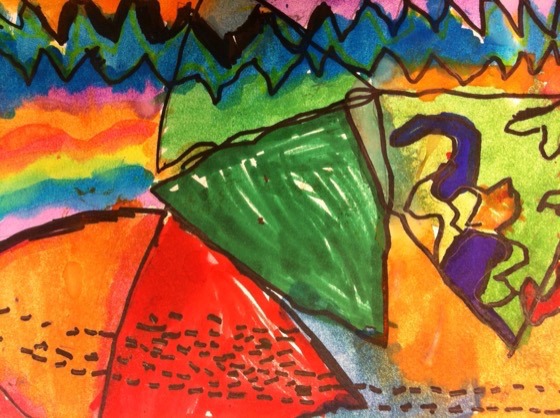
While some might think the “formula” of DBAE (Art Production, Art Criticism, Art History and Aesthetics) is stifling, consider a brand new teacher. Working within the loose parameters of a formula can help strengthen one’s practice and provide a foundation before branching out into more unstructured territories.
Art Appreciation is a Life Long Skill
Some might argue we teach art to make artists, but others argue we teach art to give ALL students an appreciation for art. When one of your students walks into a museum at the age of 40, I hope they are able to talk intelligently to their own children about art, all because of their own experiences in art class.
The reality is that very few of our students will end up as studio artists. That’s why it’s important that we teach all students to appreciate art. It’s satisfying to think of a student walking into a museum at age 40 and being able to intelligently discuss the aesthetics of the work all because of what they learned in our classrooms.
While embracing new initiatives will continue to push this profession forward, it’s just as important to keep what worked from the past, and create a hybrid curriculum that works for you and your students.
What are your thoughts about DBAE?
What do you like about it? What would you get rid of?
Magazine articles and podcasts are opinions of professional education contributors and do not necessarily represent the position of the Art of Education University (AOEU) or its academic offerings. Contributors use terms in the way they are most often talked about in the scope of their educational experiences.

